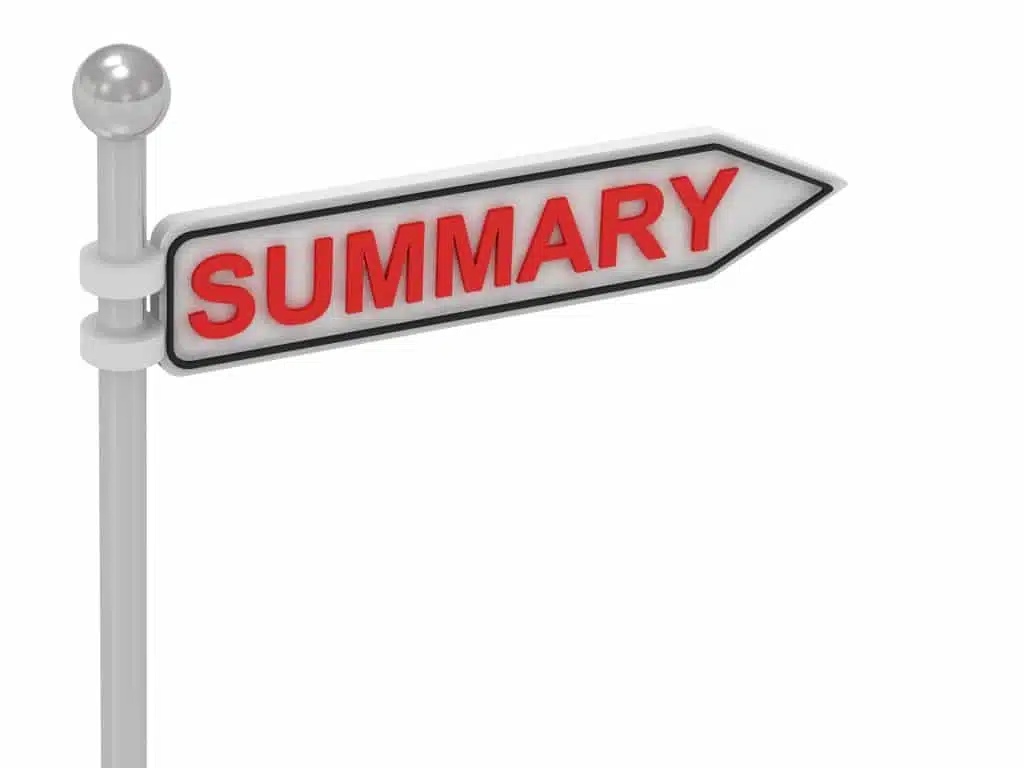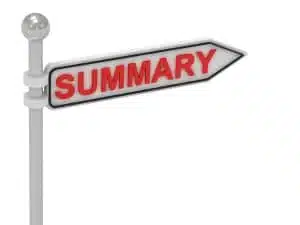The first few seconds is all it takes for Prospects, Clients, Hiring Managers, and Recruiters to look at your LinkedIn profile and work out whether they want to learn more about you.
In truth, we spend untold hours every year trying to differentiate and advance our careers. Yet – at best – many of us do an average job in the one place they come looking for us – LinkedIn.
Prospects, Clients, Hiring Managers, and Recruiters show up at your LinkedIn profile for a reason, openly interested in giving you a chance to make a positive impression so they can do business with you or headhunt/entice you for a career change.
They want to know more about you. It’s your job to give them a reason to read more, bookmark you, and reach out to you.

As a result, these sections are arguably the most important pieces of real estate in your LinkedIn profile.
The purpose of the Professional Heading and Summary sections is not just to state your title or say you are seeking new opportunities.
Rather, it is to help people understand if you are right for them. Yet merely listing past roles, titles, features, and responsibilities won’t do.
Think of your LinkedIn profile as part of your Personal Brand marketing strategy and not just an online tick the box exercise. (I’ve got a LinkedIn profile…phew.)
Ask yourself the following questions to create a more compelling and attractive LinkedIn Profile:
- What’s the purpose of my LinkedIn profile?
- Who is my reader?
- How well does it speak to my audience?
- What do I want it to achieve?
- How do I want people to feel when they read it?
- What do I want them to do while they are here?
- How can they get in touch with me?
- What do I think they will remember?
 Then on your Professional Heading real estate:
Then on your Professional Heading real estate:
- Choose at least three keywords that represent what you do.
- Choose at least three keywords others use when needing your services.
- Make sure you articulate how different are you from others with the same job title or role.
- Identify what clients, prospects, hiring managers, and recruiters care about when they approach someone like you.
- Be specific.
- Use a human voice.
Then on your Summary real estate:
- Make a positive first impression.
- Tell me your story – albeit briefly.
- Avoid buzz words.
- Less is more…but not enough is…not enough.
Of course the sections dealing with your Experience, Skills, and Attributes are important. But no-one will look at these unless your Professional Heading and Summary are nailed.
Whether it’s in person or with your LinkedIn profile, it’s the first few seconds and first impressions that count. Make sure they are lasting impressions.
* * * * * * * *



